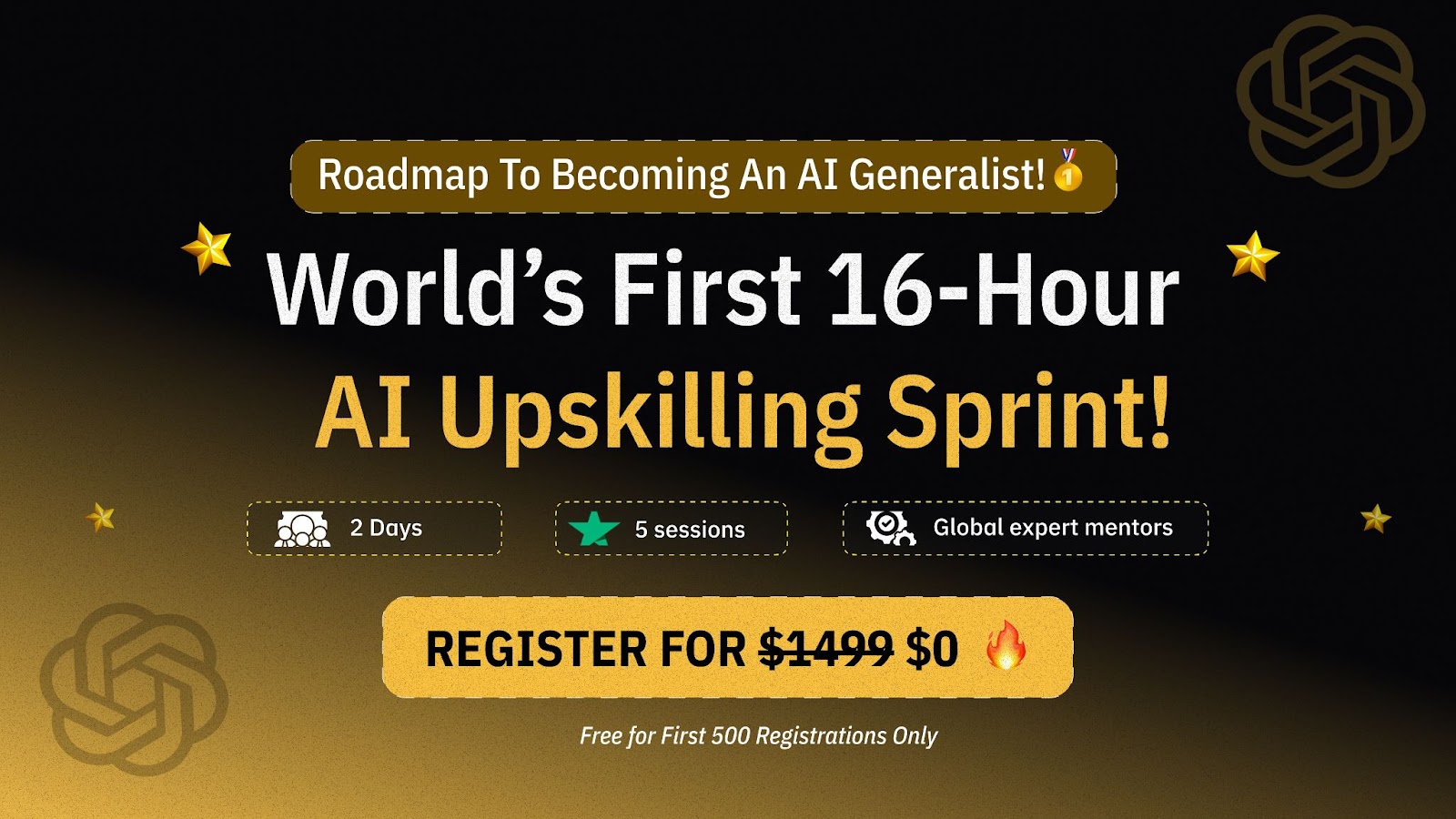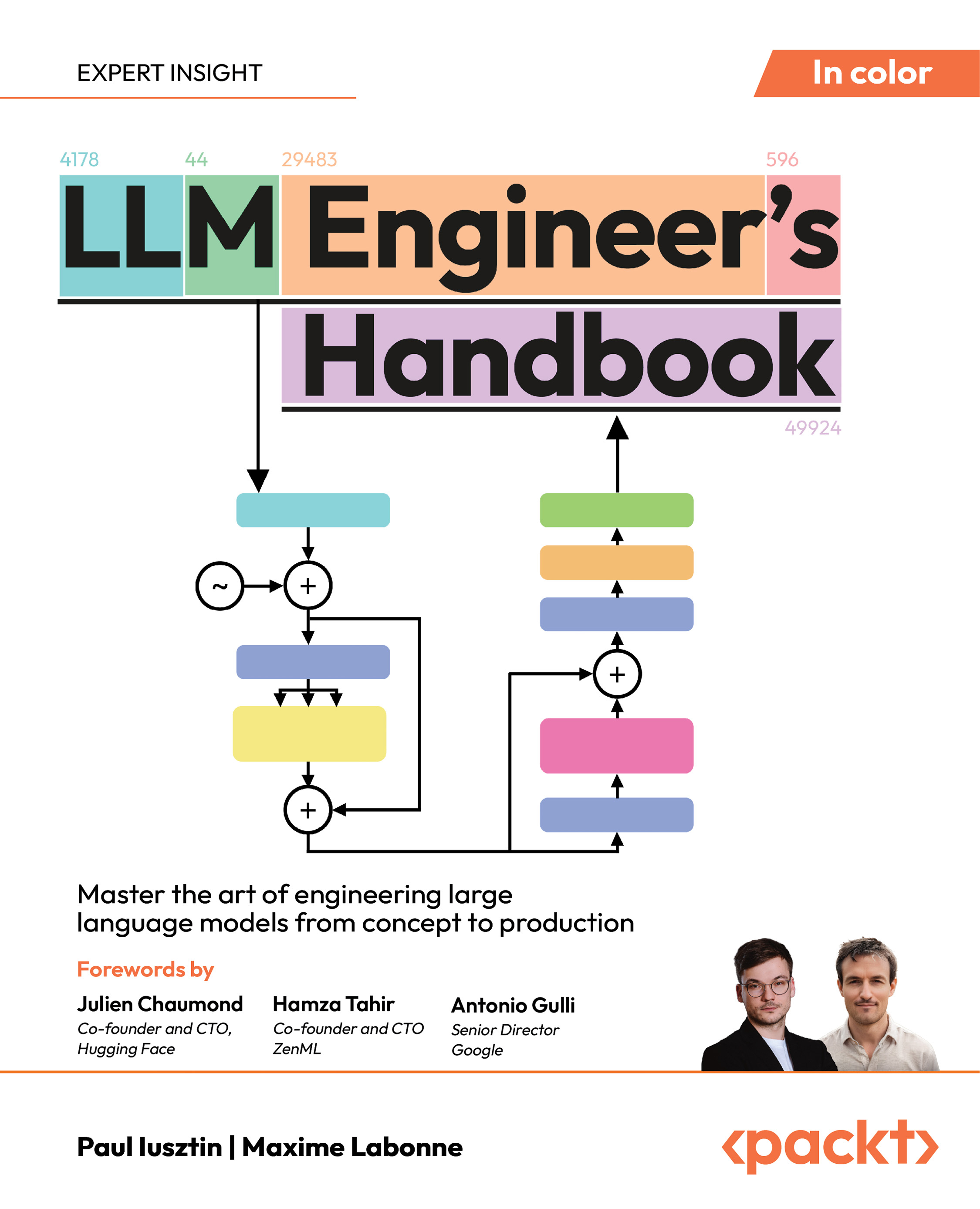Welcome to the 135th edition of DataPro ~ where data meets intelligence, and curiosity powers discovery.
This week, we’re exploring a major leap: data science stepping into the multimodal age. From Google’s BigQuery DataFrames 2.0 transforming Python workflows with built-in support for text, audio, and image data, to open-source audio models and memory-persistent AI agents, the boundary between structured and unstructured analysis is officially dissolving.
🔍 Check out BigQuery DataFrames 2.0 to see how it’s bridging SQL with generative AI, embeddings, and natural language prompts, all while keeping the simplicity of Python dataframes.
But that’s not all. In this issue, we also cover:
🧠 Qwen3’s new switchable thinking modes for better reasoning and conversation
🎧 Kimi-Audio’s low-latency, all-in-one model for audio Q&A, ASR, and more
📚 Anthropic’s dataset on real-world AI value expression
🧰 Building your own agent memory using Claude and knowledge graphs
🧪 Customizing Amazon Nova for accurate, tool-aware AI agents
🧵 Topic model evaluation for business intelligence with FASTopic vs BERTopic
🔄 Evaluating Bedrock Agents using Ragas and LLM-as-a-judge
Plus, hands-on implementations like:
PraisonAI’s fully autonomous data analysis workflows using Gemini
DORA's latest report reveals how generative AI is already reshaping software development
Whether you're scaling up pipelines, testing new models, or integrating agents into real workflows, this edition has ideas worth saving.
We’re also excited to spotlight oursponsorsthis week:Whiteswan Identity Security, delivering zero-trust PAM protection for human and non-human identities across on-prem and cloud environments through a single console.
Unlock access to the largest independent learning library in Tech for FREE!
Get unlimited access to 7500+ expert-authored eBooks and video courses covering every tech area you can think of.
Renews at $15.99/month. Cancel anytime
Meanwhile,HubSpot’s AI-powered ecosystemis expanding rapidly, with a projected global opportunity of $10.2 billion by 2028. To fuel that growth, HubSpot is opening its platform further, introducing an expanded set of APIs, customizable app UIs, and tools that support a more unified data strategy.
Dive in now!
Cheers,
Merlyn Shelley
Growth Lead, Packt
 United States
United States
 Great Britain
Great Britain
 India
India
 Germany
Germany
 France
France
 Canada
Canada
 Russia
Russia
 Spain
Spain
 Brazil
Brazil
 Australia
Australia
 South Africa
South Africa
 Thailand
Thailand
 Ukraine
Ukraine
 Switzerland
Switzerland
 Slovakia
Slovakia
 Luxembourg
Luxembourg
 Hungary
Hungary
 Romania
Romania
 Denmark
Denmark
 Ireland
Ireland
 Estonia
Estonia
 Belgium
Belgium
 Italy
Italy
 Finland
Finland
 Cyprus
Cyprus
 Lithuania
Lithuania
 Latvia
Latvia
 Malta
Malta
 Netherlands
Netherlands
 Portugal
Portugal
 Slovenia
Slovenia
 Sweden
Sweden
 Argentina
Argentina
 Colombia
Colombia
 Ecuador
Ecuador
 Indonesia
Indonesia
 Mexico
Mexico
 New Zealand
New Zealand
 Norway
Norway
 South Korea
South Korea
 Taiwan
Taiwan
 Turkey
Turkey
 Czechia
Czechia
 Austria
Austria
 Greece
Greece
 Isle of Man
Isle of Man
 Bulgaria
Bulgaria
 Japan
Japan
 Philippines
Philippines
 Poland
Poland
 Singapore
Singapore
 Egypt
Egypt
 Chile
Chile
 Malaysia
Malaysia













